Publications and Accepted Work
-
The Impact of Public School Choice: Evidence from Los Angeles’ Zones of ChoiceQuarterly Journal of Economics 139(2), 2024Does a school district that expands school choice provide better outcomes for students than a neighborhood-based assignment system? This paper studies the Zones of Choice (ZOC) program, a school choice initiative of the Los Angeles Unified School District (LAUSD) that created small high school markets in some neighborhoods but left attendance-zone boundaries in place throughout the rest of the district. We study market-level impacts of choice on student achievement and college enrollment using a differences-in-differences design. Student outcomes in ZOC markets increased markedly, narrowing achievement and college enrollment gaps between ZOC neighborhoods and the rest of the district. The effects of ZOC are larger for schools exposed to more competition, supporting the notion that competition is a key channel. Demand estimates suggest families place substantial weight on schools’ academic quality, providing schools with competition-induced incentives to improve their effectiveness. The evidence demonstrates that public school choice programs have the potential to improve school quality and reduce neighborhood-based disparities in educational opportunity.
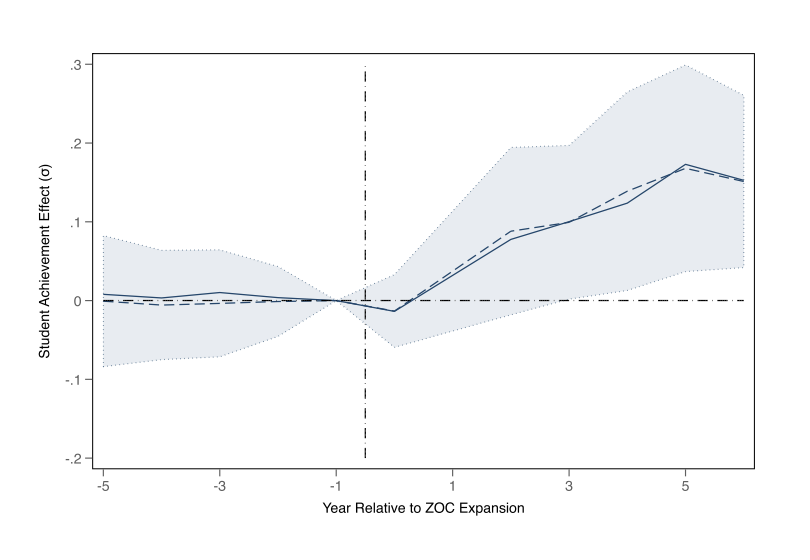
-
Independent Contracting, Self-Employment, and Gig Work: Evidence from California Tax DataILR Review 76(2), 2023We use de-identified data from California personal income tax returns to measure the frequency and nature of independent contracting work in California. We identify independent contractors by the presence of a Schedule C on the tax return and/or the receipt of a Form 1099 information return. We estimate that 14.4% of California workers aged 18-64 in tax year 2016 had some independent contracting income; over half of these do not have traditional jobs generating W-2s and get all of their earnings from independent contracting. Workers with low earnings are significantly more likely to earn independent contracting income and to rely primarily or exclusively on that income. We explore the characteristics of independent contractors and their distribution across family type, geography, and industry.
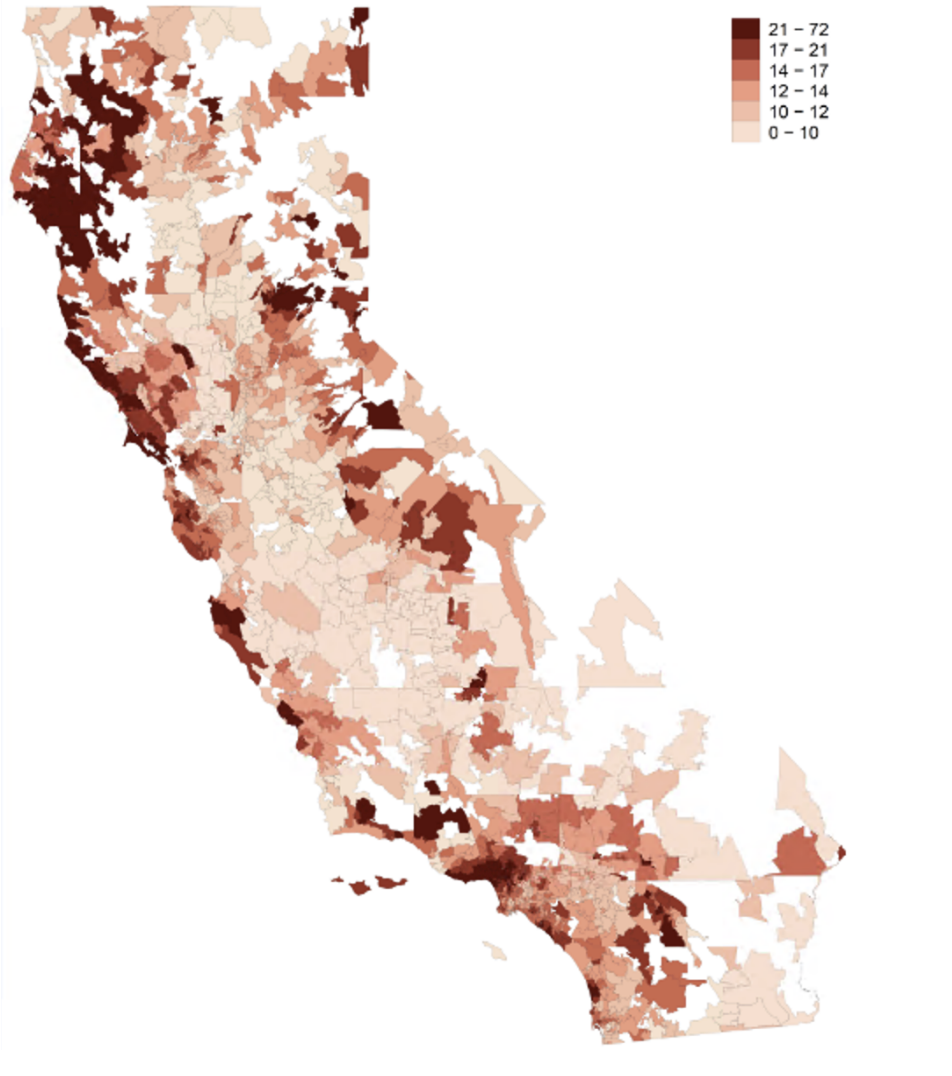
Working Papers
-
Who Chooses and Who Benefits? The Design of Public School Choice SystemsUnder ReviewPublic school choice has evolved rapidly in the past two decades, as districts roll out new magnet, dual-language, and themed programs to broaden educational opportunity. We use newly collected national data to document that opt-in (voluntary) systems: (i) are the modal design; (ii) are harder to navigate; and (iii) have participation that is concentrated among more advantaged students. These facts suggest a striking inconsistency: districts have largely adopted centralized assignment algorithms to broaden access, but most rely on optional participation that fragments public education. We study the implications of this design choice in the Los Angeles Unified School District, the largest opt-in system in the country, combining two decades of administrative data, randomized lotteries, and quasi-experimental expansions in access. Participation is highly selective, consistent with national evidence, and lottery estimates suggest that the students with the lowest demand for choice schools are the ones who gain the most from attending. Opt-in participation therefore embeds a selection mechanism that screens out high-return students and leaves many effective programs with unused capacity. To evaluate system-level implications, we estimate a structural model linking applications, enrollment, and achievement. Choice schools are vertically differentiated and generate meaningful gains, but the opt-in participation rule—through high application costs and negative selection on gains—prevents these benefits from reaching the students who need them most. Counterfactual simulations make the design stakes clear: information and travel-cost reductions have limited effects, whereas reforms that change the participation architecture eliminate core inefficiencies and deliver the largest district-wide achievement gains. These results underscore that system design—not school effectiveness alone—shapes who benefits from public school choice and to what extent.
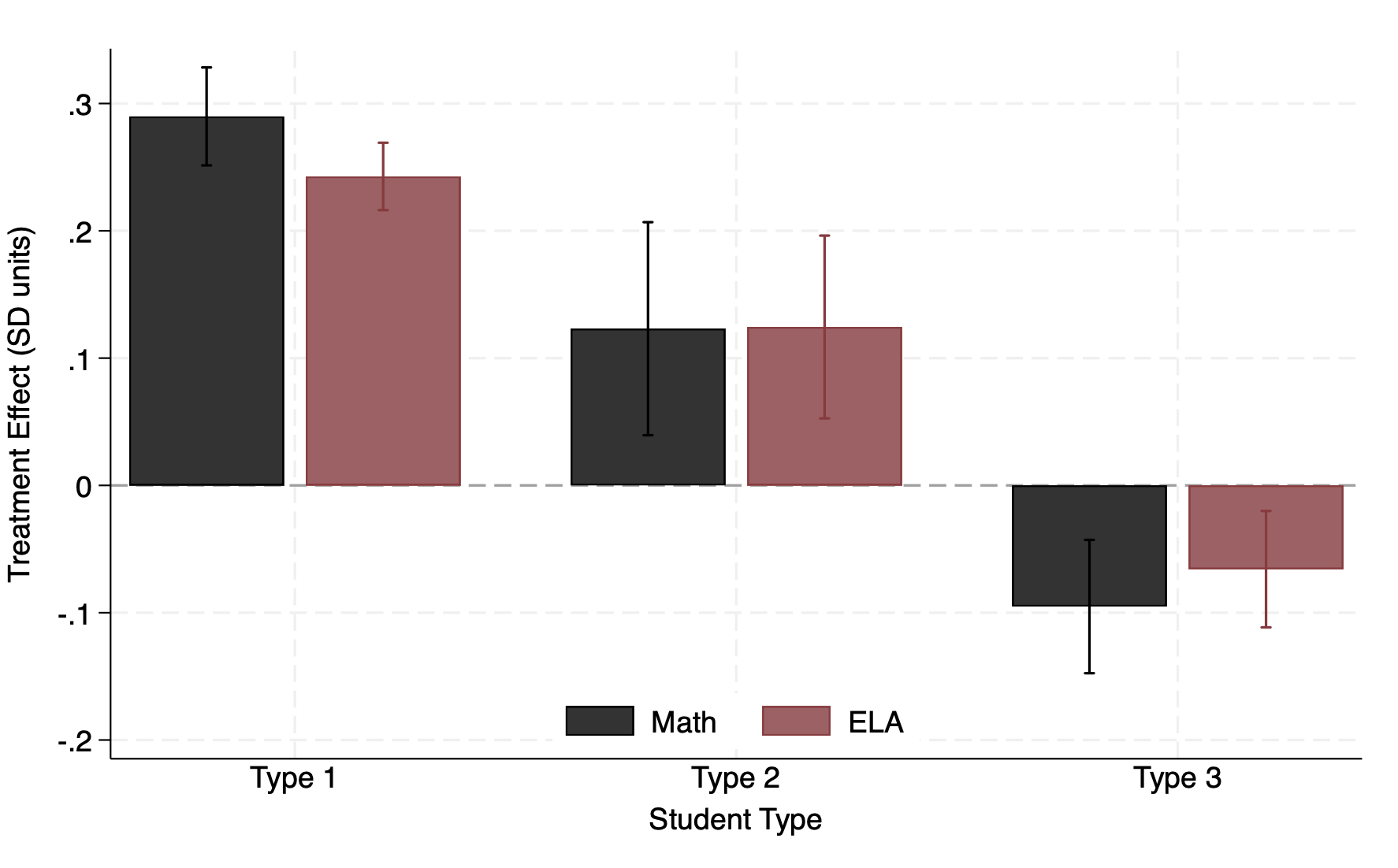
-
Social Interactions, Information, and Preferences for Schools: Experimental Evidence from Los AngelesUnder ReviewThis paper measures parents’ beliefs about school and peer quality, how information about school and peer quality affects parents’ school choices, and how social interactions mediate these effects. In a field experiment, parents were randomly given information on school quality and peer quality, with varying proximity to other parents who received similar information. Results show that parents typically underestimate school quality and overestimate peer quality. When both parents and their neighbors received information, preferences shifted toward higher value-added schools. These findings suggest substantial information spillovers, leading to increased enrollment in effective schools. Enrollment in more effective schools leads to improved socio-emotional outcomes not captured by standardized exams. This evidence suggests that the intervention did more than alter educational pathways; it also played a critical role in shaping important developmental aspects of students’ lives.
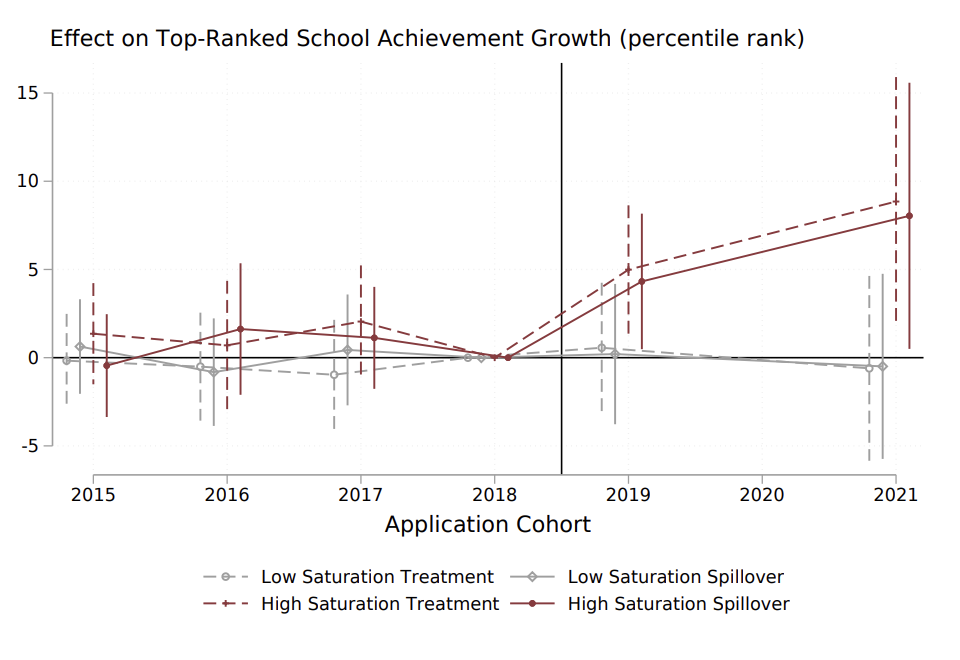
-
College Major Choice, Payoffs, and Gender GapsUnder ReviewThis paper studies how college major choices shape earnings and fertility outcomes. Using administrative data that link students’ preferences, quasi-random assignment to majors, and post-college outcomes, we estimate the causal pecuniary and non-pecuniary returns to different fields of study. We document substantial heterogeneity in these returns across majors and show that such variation helps explain gender gaps in labor market outcomes: women place greater weight on balancing career and family in their major choices, and these preference differences account for about 30% of the gender earnings gap among college graduates. Last, we use our causal estimates to evaluate the effects of counterfactual assignment rules that target representation gaps in settings with centralized assignment systems. We find that gender quotas in high-return fields can significantly reduce representation and earnings gaps with minimal impacts on efficiency and aggregate fertility.
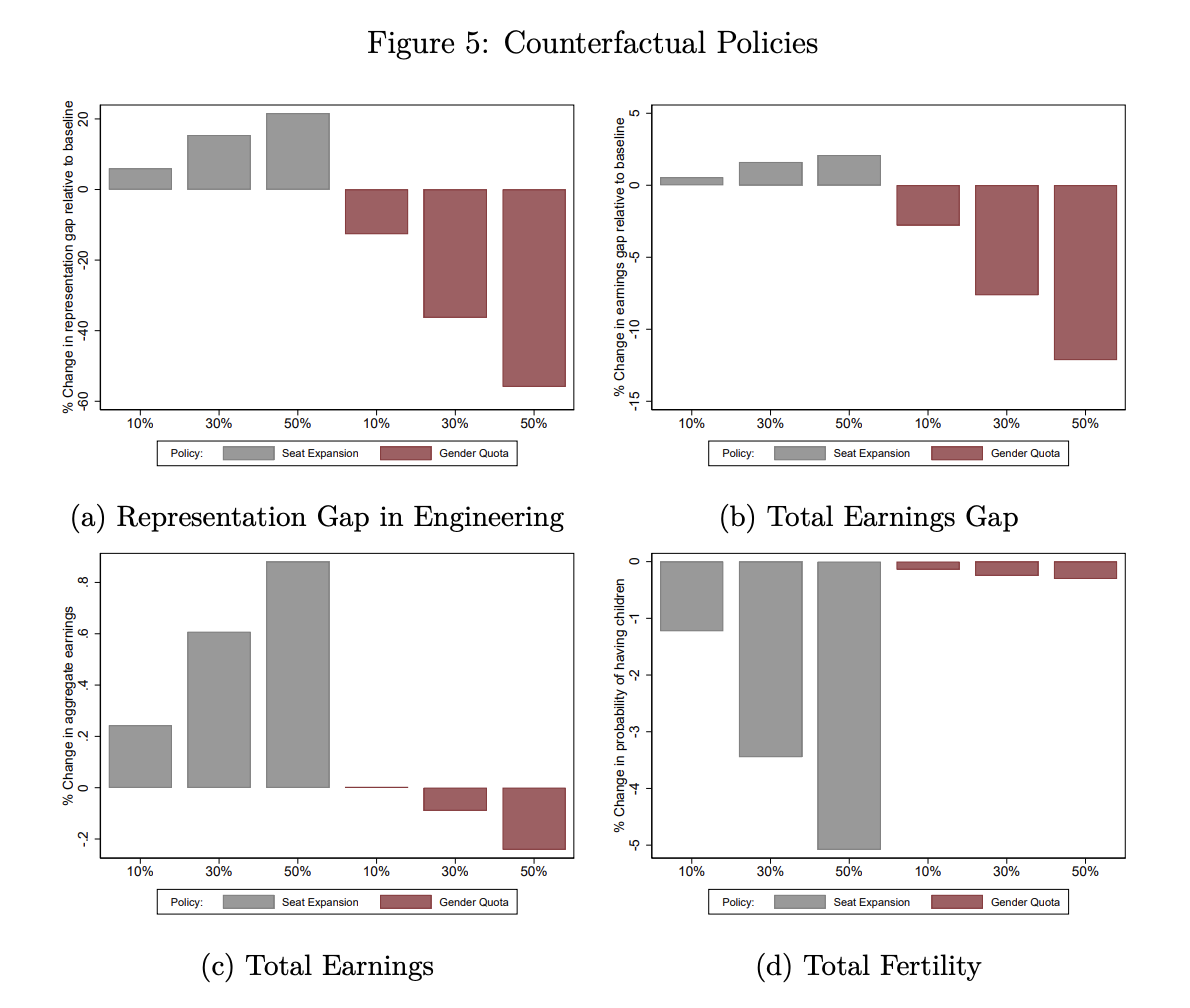
-
Who Benefits from Remote Schooling? Self-selection and Match EffectsUnder ReviewWe study the distributional effects of remote learning using a novel approach that combines preference data from a conjoint survey experiment with administrative student records. The experimentally derived preference data allow us to account for selection into remote learning while also studying selection patterns and treatment effect heterogeneity. We validate the approach using random variation from school choice lotteries. Our analysis of the average impacts of remote learning finds negative effects on reading (-0.13 SD) and math (-0.14 SD) achievement. Notably, we find evidence of positive learning effects for children whose parents have the strongest demand for remote learning. Parental concerns related to bullying appear to be an important driver of the demand for remote learning. Moreover, we find that across-the-board positive impacts of remote learning on bullying outcomes operate as a compensating differential for negative impacts on learning. Our results suggest that an important subset of students who currently sort into post-pandemic remote learning benefit from expanded choice.
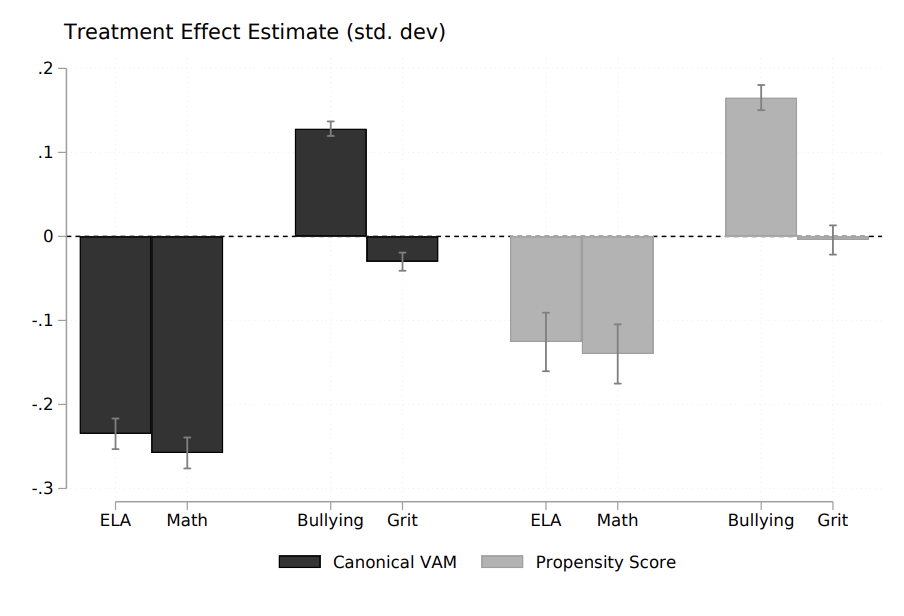
Work in Progress
-
Two-Dimensional Report Cards: A Field Experiment on Socio-Emotional Growth InformationIn the Field
-
Long Term Effects of Centralizing College Admissions: Evidence from Sequential Reforms in FinlandDraft soon
-
Causal Effects in Settings with Strategic Reporting: An Application to College Major PayoffsDraft soon
Other Publications
-
Understanding Which Prices Affect Inflation ExpectationsEconomic Commentary (Federal Reserve Bank of Cleveland)Inflation expectations have an impact on one’s economic behavior. We show that the inflation expectations of professional forecasters and consumers are predicted by very different prices. While professional forecasters weigh prices similar to the consumer price index, consumers seem to focus on prices they see more often, such as those for food and new vehicles. These are also prices that have seen disproportionally high volatility since the onset of the pandemic. We argue that heterogeneity in the importance of component-specific inflation can have relevant economic implications and disproportionate effects on consumers’ inflation expectations that can, in turn, affect economic behavior.